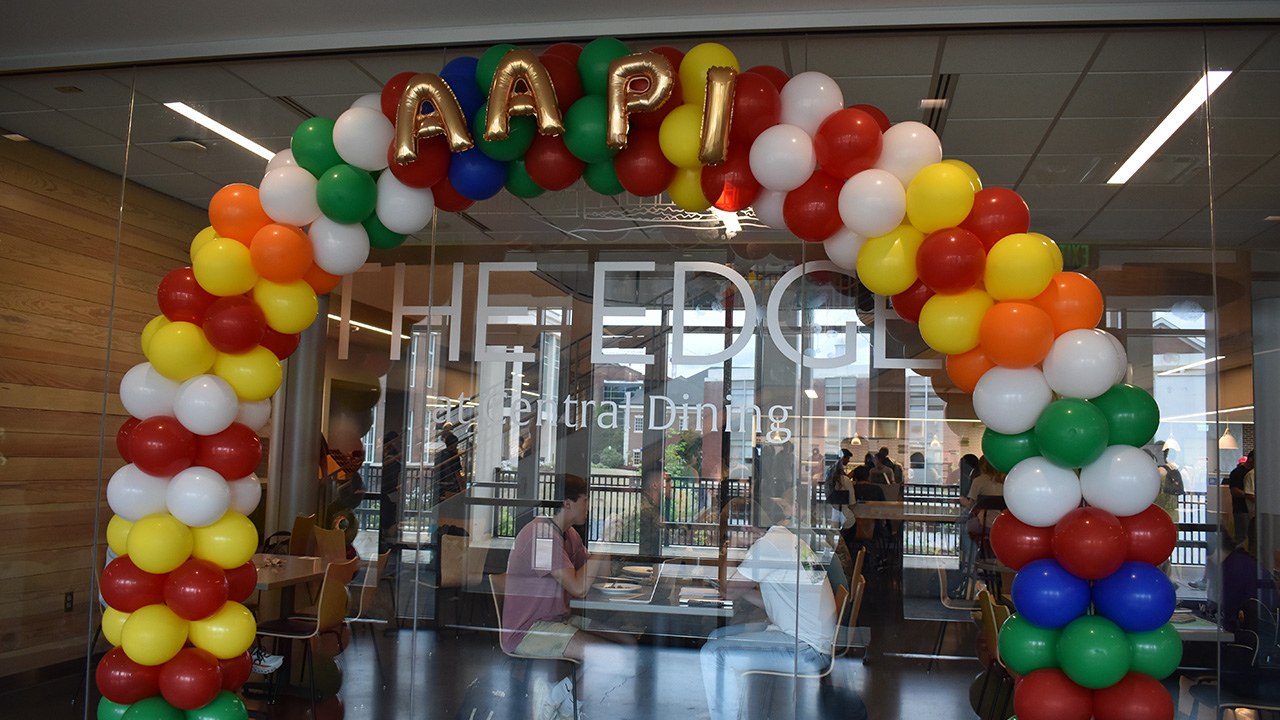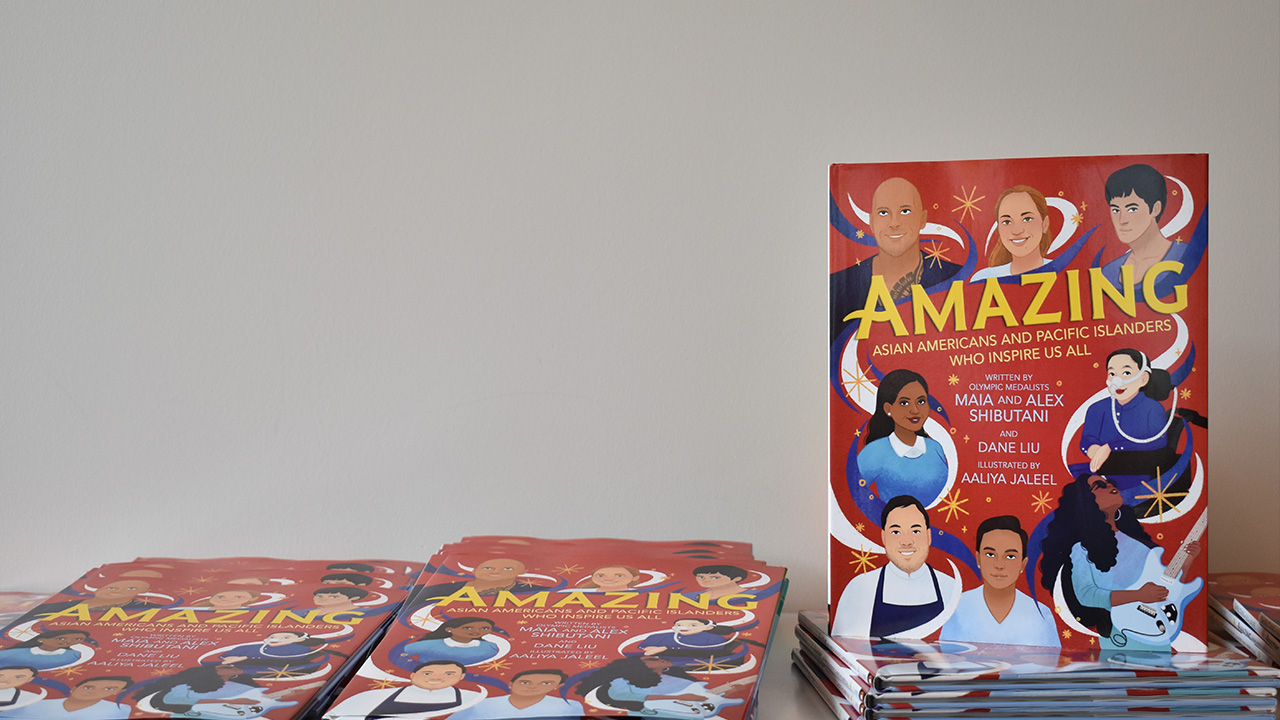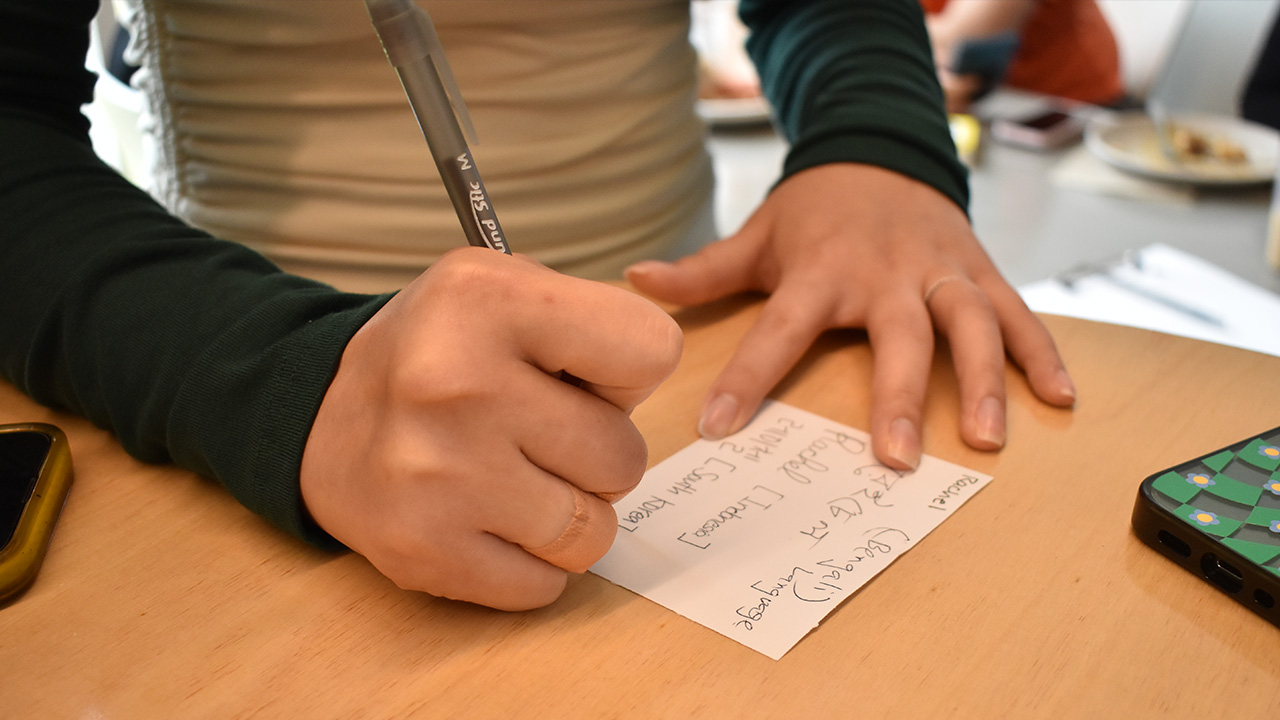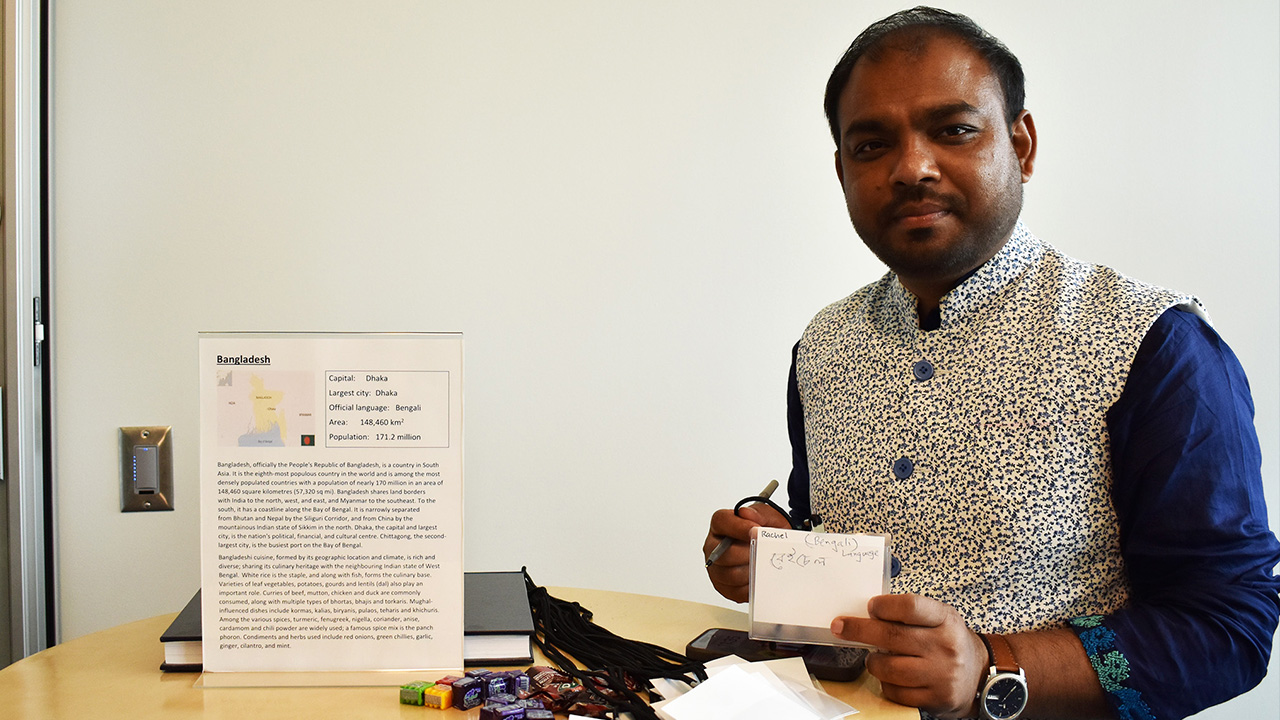content body
The Edge’s Street Works station was awash in a tapestry of smells — pork braised in a sweet sauce, a multilayered chickpea curry with notes of coriander, cinnamon and red chili and the sticky sweetness of Gulab jamun, a treat originating from Bangladesh.
That’s because Tiger Dining hosted an event on April 10 to celebrate Asian American and Pacific Islander (AAPI) heritage by serving cuisine from the countries that make up that part of the world.
“We don’t have a lot of indigenous cuisine in the United States,” said Glenn Loughridge, director of Tiger Dining. “Everything came from somewhere else. So, there’s this great opportunity for us to say, ‘thanks’ from whatever culture that may be.”
This Tiger Dining event was organized with the help of representatives from the Vietnamese, Korean and Indian student associations, Chinese and Bangladesh student organizations and the Association of Indonesian Students.
“I would say everyone should try Indonesian food. We have a balanced and varied cuisine to fit every taste — whether you’re a vegetarian, like food with a lot of spice or love meat,” said Gertrudetta Estevania, a senior public relations major from West Papua, Indonesia. “I like events like this because we can share information about our country and culture and answer any questions other students may have.”
There is a lot of planning that goes into these special Tiger Dining events. First and foremost is having students willing to participate, as Loughridge is quick to note that Tiger Dining would never celebrate someone's heritage without their input.
Second is the development of the menu. Loughridge receives traditional recipes from students, which he said is another vital aspect of the events.
“Many times, as an international student, you’re never the expert, you’re having American culture explained to you,” Loughridge said. “I felt like this is a great way for them to share their culture with us, to come from a place of expertise, to provide the recipes for the different dishes we serve. It’s one of those cultural exchange moments that I think is important.”
But the menu also requires working through the logistics that go into scaling up a recipe written to feed four to six people to instead feed thousands, which is where the team from the Edge Dining Hall comes in, adapting recipes and planning which stations will serve the food. Sometimes tweaks are needed, usually due to the limitations of available ingredients and equipment.
Once the menu is set, then comes the educational aspect. At the AAPI Heritage Celebration event, six student groups had representatives present to answer questions about their country, and quizzes featuring questions about the countries’ culture and history were laid out at tables.
The prize for getting all the answers, correct? A book written by Maia and Alex Shibutani and Dane Liu and illustrated by Aaliya Jaleel on notable AAPI figures — from suffragette Mabel Ping-Hua Lee to astronaut Kalpana Chawla, the first Indian American woman to fly in outer space.
“We are looking forward to making the Chinese community more prominent on campus,” said Shuhan Yang, a junior business analytics major from the Dongbei region of China and the vice president of the Chinese Student Organization. “I hope that students were able to get a taste of authentic Chinese food and, maybe, through the quizzes, learn a little more about the country.”
Loughridge said he wants Tiger Dining to have these types of global food events “all the time” and sees the department’s role as a facilitator of cultural exchange.
“We are a part of Maslow’s Hierarchy. Food is one of those basic needs, but maybe we can do a little bit more in sharing cultures and connecting students,” he said. “It’s just one more way we can help everyone feel welcome, valued, respected and engaged here at Auburn.
“I see Tiger Dining as this little island in a stream where a lot of bridges meet. We’re not the most important thing you’re going to do on campus every day, but we are a place where a lot of different folks can meet up and maybe bridge some gaps in between — whether it’s cultures or even just silos within the university.”









